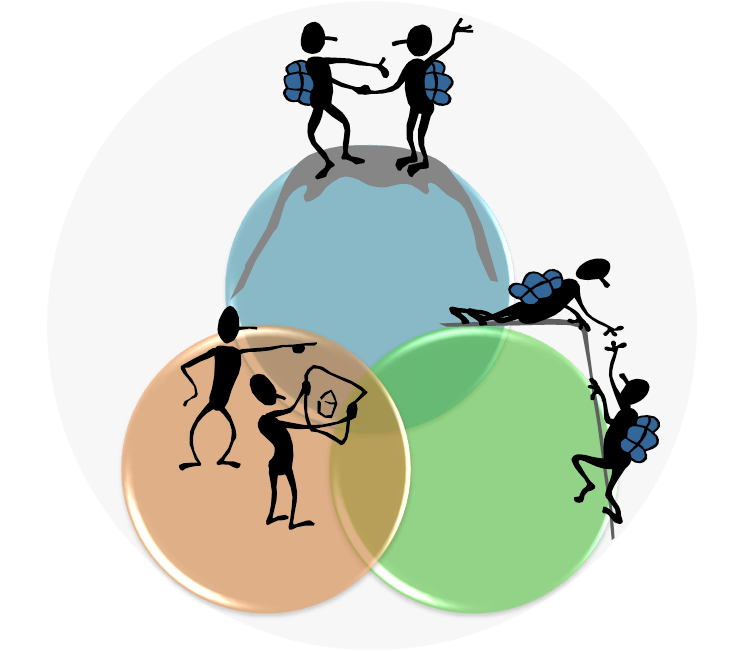Table of Contents
Bifurcation Diagrams
A couple of decades ago, while learning about chaos and complexity, I started experimenting with my own bifurcation diagrams using huge spreadsheets in Microsoft Excel. As the base for calculations I used the recurrent formula for the “logistic map”:

While plotting the trajectories of “populations” for a changing environmental “pressure” (A) I noticed a very interesting detail in the 3D graph of the bifurcation diagram right around the area of the “first split”:

The number of “individuals” in each generation is constant (1000). At first, for a low “environmental pressure” A, the majority (~ 95%) of the population is uniformly concentrated around a single frequency. This may, for example, be some essential fitness property that ensures the “survival” of the population. As the environmental pressure increases, this property starts losing its advantage for survival, as the individuals that survive in each subsequent generation have properties that are deviating from the original one. This allows the whole population to explore the adjacent “survival” space until an actual split in the population happens when there are no more individuals carrying the original property and the population starts diverging into two completely different new “species”.
Evolution
The immediate analogy that comes into mind is that this must be how speciation works in evolution. Within a changing environment, the once predominant characteristic of a species may not be advantageous for survival anymore and the “weird” and “outcast” individuals (mutants) on the margins of the population may possess properties that would have been considered odd in the past but now provide a better chance for survival. The species will for a short time (a couple of generations) have a large number of individuals with a variety of very different characteristics (like during the Cambrian explosion) until the formation of two distinct groups that will start evolving on two separate paths that are both better adapted to the changing environment (increased “pressure” A) than the old (now extinct) species.
Decision-making
Another analogy that can also be drawn from this bifurcation diagram is related to decision-making. We are happily enjoying a status quo with our old (traditional) mindset until an increasing pressure from the environment makes this state of mind unattainable so we need to make a decision (change). In the ensuing chaos of all available options in front of us there are two mutually exclusive options that start to emerge (“should I stay or should I go”) and we must choose one. Immediately after the selection is made the other option becomes unavailable. If I decided to leave, none of the possible benefits of staying are available to me anymore.
The Conflict of Repelling Species
The above “speciation” diagram may be better understood if looked at as a process through “time” (in sync with the increasing “environmental pressure” A):

In this view, it is interesting to notice how after the split there are virtually no individuals gravitating towards the center, on the side closer to the original property of the parent “species”. It looks as if the two new branches are repelling each other with every new generation and pulled away from the middle by its more “radical” members. This seems like a natural “mathematical” reason why species that are close on the evolutionary tree (e.g. are the offspring of the same “parent”) are more often than not in a more violent conflict with their closest siblings than with their more distant cousins.
Photo by Beth Macdonald on Unsplash

